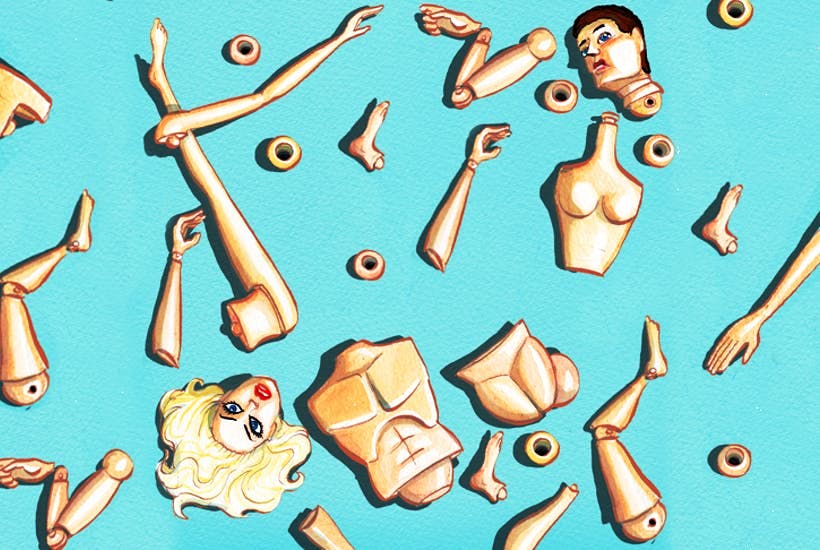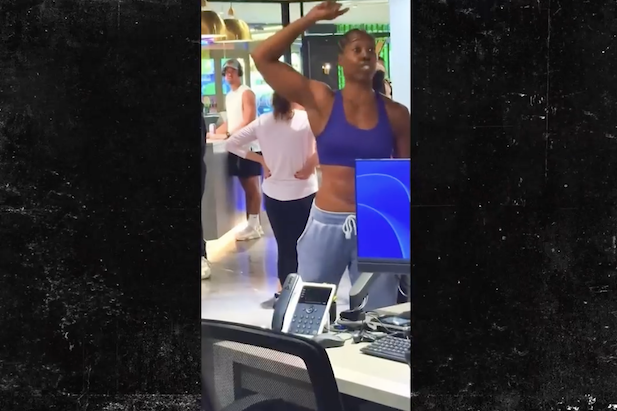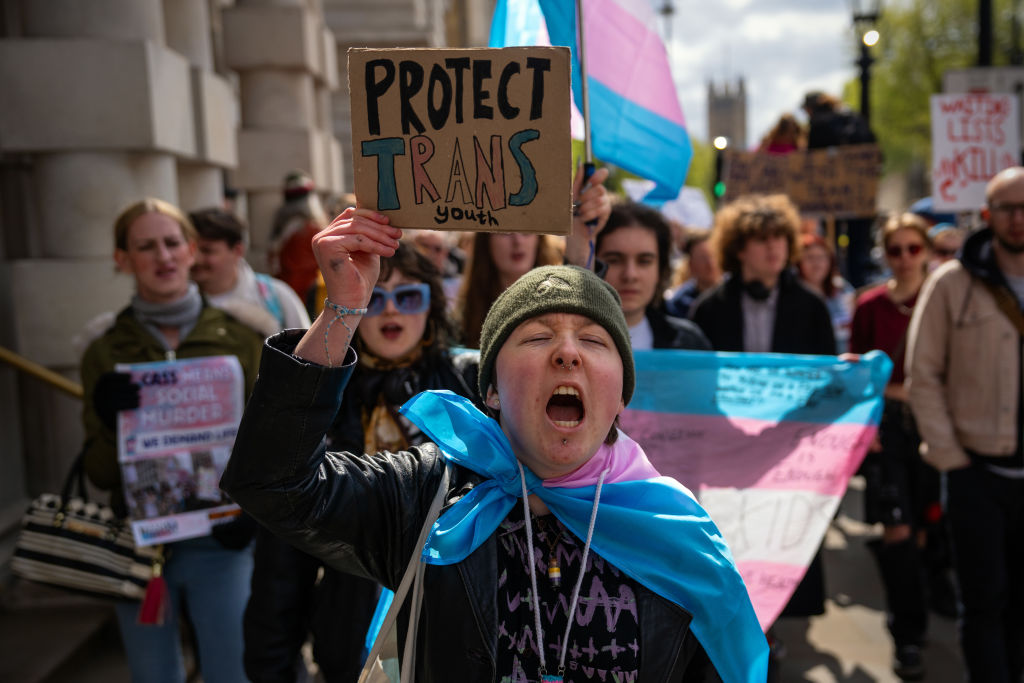How will we know when we’ve reached “peak trans?” The term, which dates back almost a decade, refers to the point at which the number of people who consider themselves trans reaches its apex and starts to drop. A report from last year shows the number of people who identify as trans or nonbinary is declining. Researcher Eric Kaufmann, who conducted it, notes that in the last decade, there was a 1,000 percent increase in the share of American teenagers who identified as transgender.
What can account for that kind of increase? Visibility? Awareness? An evolving social landscape that de-emphasizes the differences between men and women? Maybe all of the above — but I think there’s a more persuasive argument: it was trending, and now it’s not.
Transgenderism and trans issues have been under the microscope in recent days — particularly due to the Nashville shooting, perpetrated by a trans man, and a foiled plot in Colorado by a trans woman to shoot up churches and schools. Many conservatives have been quick to blame the whole identity group for the actions of these two individuals.
The first time I heard the term “transtrender,” a derogatory term for “”someone who is pretending to be transgender for attention or for pity,” was on Tumblr in 2011. A debate was raging on between two subcultures: “tucutes,” who believed that gender dysphoria was not necessary to identify as transgender, a then-rapidly broadening category; and “truscum,” who advocated for the opposite.
For the tucutes, truscum medicalized transgender identity. Truscum were the same people who might argue that a label like “transsexual” did the same. To be transgender meant many different things, including but not limited to the intense feeling that one was born “in the wrong body.” For truscum, this was proof that their identity had become a trend. “Transgender” was no longer a descriptive label for certain experiences but rather another trend for lost souls, typically ones who were quite young, to jump onto.The truscum made a convincing case. What did it mean to be “transgender” if you opened up the definition to “anyone who feels like it”? Why not stick to the already encompassing “gender nonconforming”?
I remember seeing the same thing happen with other identity categories, too. One memory that stands out is the writer Rax King, who, despite frequently identifying as a “lesbian” or “gay” “disabled sumbitch” posted prolifically, if not exclusively, about the men she slept with. Why not just say you’re bisexual or even queer? Why gay? Why lesbian?
As for trans people, I can’t count the completely gender-conforming men — or somehow worse, the men who were almost gender-conforming but threw on a pair of heels and a gaudy lipstick in the style of poet Alok Vaid-Menon — I met in college who insisted on she/her pronouns.
Being transgender — for some, and let me be very clear about this, not all — became a trend in the early 2010s. It’s “peaking” in the same way that all trends peak. Why gay, why lesbian, why transgender? Because it was trendy at the time.
Most tucutes were “trans” for the very same reason that I’ve variously been a member at SoulCycle, Barry’s Bootcamp, PureBarre and Equinox, despite getting a better, cheaper workout at the Y: membership at those institutions signals something important about my identity and other people in my peer group are doing the same thing.
You can make sense of the much-written-about “Great Awokening” not by digging into the Civil Rights Movement or careful study of postmodernism but by looking at any trend cycle. By 2011, we were probably at “early adopter.” Now it’s institutionalized: my WeWork concierge wears a sticker on her shirt that says her pronouns are “she/her.” Human Resources departments at big corporations such as Oracle and Tesla are probably writing emails right now to their respective transgender Employee Resource Groups.
People insist there’s no end in sight, that we’re in some kind of tyranny of postmodernism, globalism, whatever it is they’re calling it. What these critics fail to appreciate, however, is that American society has always been held hostage to this type of branding exercise.
One of the primary vectors of social analysis is trend analysis: that’s how we operate. That’s why the pendulum swings — the market gets saturated, and something new has to come in. Peter Pan collars go out of style in the early 1900s, return in the 1960s, go out of style again, rinse, repeat.
Consider “the girlboss.” Being a “girlboss” wasn’t merely a push for more female representation in the workplace; it was a saleable lifestyle. Arguably that’s all it ever was — a lifestyle brand. But Hillary lost, the Wing has closed, Sheryl Sandberg resigned and the trope is played out. Nobody is buying what the girlboss is selling anymore. That doesn’t mean that women exit the workplace, just like SoulCycle being “out” doesn’t mean I’ll stop going to spin class. Sure, transgender people will persist.
But it’s different now — it’s not on trend.

























